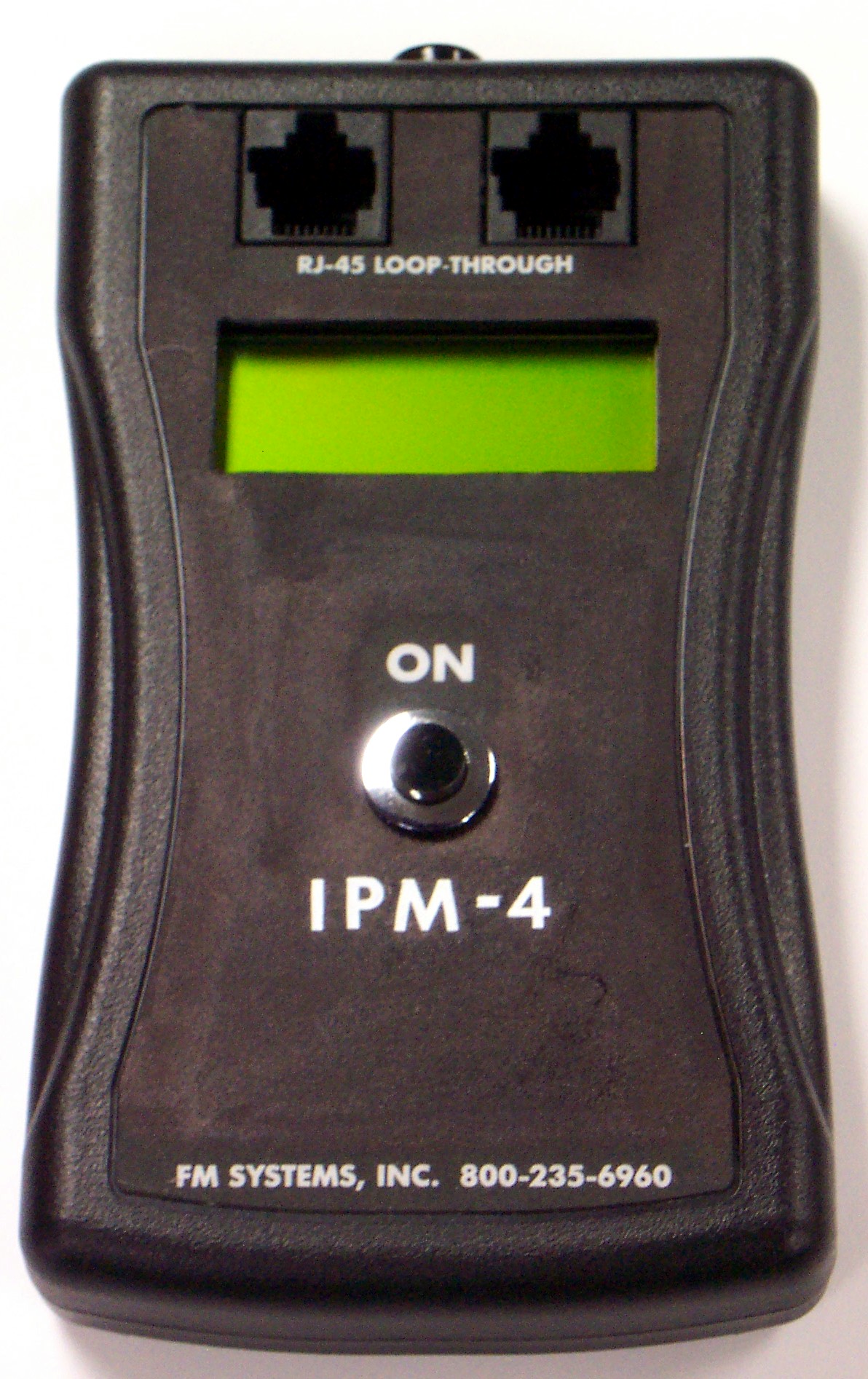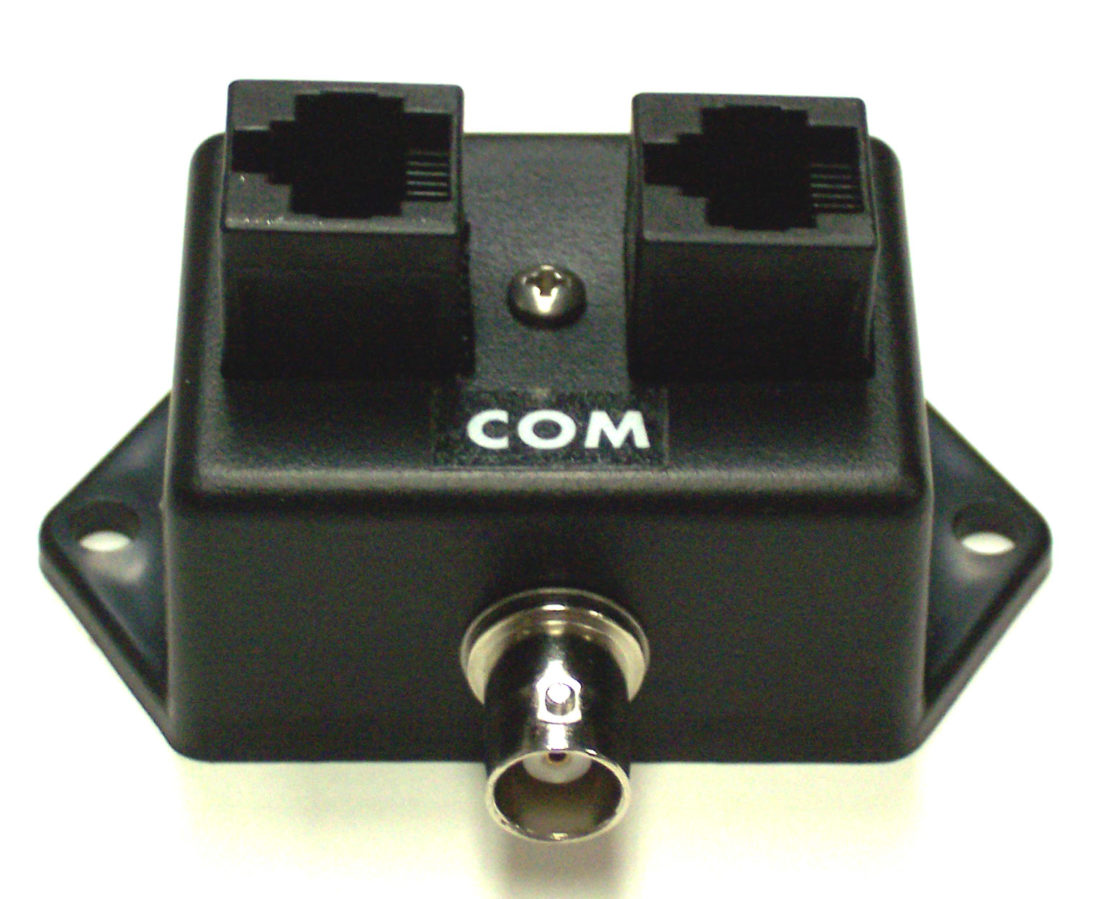IP VIDEO, THE BEAUTY AND THE BEAST
IP VIDEO, THE BEAUTY AND THE BEAST
BY Frank McClatchie
All new technologies have a story, that is, the information needed to use the new technology seems to reveal itself in steps like the pages of a story book. And in these story books the characters are forced to make choices between good and evil. As you install IP video systems you will encounter “The Beauty and the Beast” in IP installations.
The BEAUTY in the story of IP camera systems is the ability to deliver a high definition picture without the degradation associated with cable slope loss. If the digital signal reaches the receiving equipment intact the picture will be as sharp and perfect as it was when it left the camera. This eliminates the dull colors and poor picture quality that coaxial cables induced in the picture. Also the two way nature of the IP signal allows you to send PTZ controls and do other remote control functions as well. Sounds great, but here comes the trade off, “The Beast”.
The BEAST in the story is the fact that under certain circumstances the IP video picture will not appear at the receiver and no picture can be seen at all even when the network cable is well within the allowable 100 meter maximum length. Obviously, other factors besides the length of cable are at play, namely “Cable Loss”, “Common Mode” signal loss, “Near-End Far-End signals, Cross-Talk”, “Uniformity of Cable Manufacture” and wet weather considerations. All of these issues have a direct effect on your ability to send a digital picture to the recorder, and it becomes a beast when you try to find the problem. However the good news is that you can measure these signals and locate the problem before you leave the job site so you can have a happy ending to your installation.
IP video network cables typically use two out of four wire pairs to send the digital picture information in both directions forming a two way communications path. In most network cables like Cat 5 and Cat 6 these wires are not positively shielded from the outside world or even from each other as are other cables with shields around individual pairs of wires. The only isolation provided by a network cable to keep the two signals separated is the wire insulation and the fact that the wire pairs are individually and synchronously twisted together. Also with some grades of network cable a physical separator is added to keep the wire pairs a precise distance apart and give strain relief to the cable. This separator also resists sharp bends, stretching, and positional distortion of the wires inside the cable.
An IP video system has a balanced digital signal with an equal but opposite polarity on each wire at all times. That means that when the signal is going positive on one wire, the opposite wire is going negative with respect to it at precisely the same time with the exact same amplitude.
The IP video delivery system relies on this precise balance to transmit its signals over twisted pair wires. Any imbalance in this signal will cause a form of interference called “Common Mode interference”. Common Mode signals are signals that have the same phase and amplitude on each wire at the same time hence the name “Common Mode”. Any part of the original signal that reaches the receiver as a common mode signal will be canceled and can be counted as signal loss.
Common Mode interference signals can originate from the output terminal equipment due to small variations in the driving impedance or termination impedance of each side of the balanced output, or it can be created in the network cable itself. It takes time for a digital signal to get from one end of a wire to the other end, at approximately 68% the speed of light and it is possible for one wire to deliver its signal slightly faster than the other wire due to inductance and capacitance variations in the two wires themselves. If both wires do not have the same propagation delay then some of the differential signal will be transformed into a common mode signal and radiate out of the cable like an antenna creating cable loss, or into other wires in the cable creating cross-talk.
In the network cable it is the rate of wire twist, uniformity of twist, and the physical positioning of the twists relative to one another that contribute most to the balance and also shielding effect within the cable. Each of the wire pairs has a different twist ratio or number of turns per meter and if the originating signal is properly balanced most of the signal will stay in the wire pair and not couple into other wire pairs or radiate out to create common mode signals.
Near-End/Far-End cross-talk will seriously interferer with digital transmission and can cause the signal to fail due to excessive bit error rate regardless of length of the network cable. Connector termination onto the cable is the greatest contributing factor in this type of cross-talk. When wire pairs are not twisted together and are run straight and parallel as they do when they run through a crimp-on connector the chances of increased cable loss are multiplied. Also particularly on long runs when there is great signal attenuation due to cable length, the Near-End wire pair with the strong signal talks into the Far-End wire pair that has the attenuated signal on it.
Care should be taken to keep the straight wire connector preparation length to a minimum. These physical properties of a network cable prevent coupling between the two wire pairs and the resultant cross talk that degrades the signal path.
All network cables are not created equally. Price and availability should not be the only factors used in the purchase of this kind of network cable. During the manufacturing of this cable, the precise diameter of the wire gage and the concentricity of the insulation around the each wire over the length can contribute to increased loss in the wire pairs due to common mode and also cross-talk that creates higher bit error rates in the data. Also holding the wire twist rate and repeatability of twist to an exacting standard is crucial in a low loss cable. Besides the individual twists on each wire pair, there is also a carefully controlled twist of all the pairs together to form a cable that when bent does not change the relative positions of the wire pairs. This is also the reason network cable has a minimum bend radius that should never be exceeded. When you are shopping for a manufacturer of cable and you find a good one, stick with them, cable manufacturing quality varies widely in the marketplace. The distance you can go with one manufacturer may not work with another manufactures product.
Lightning strikes and ground loops can also change the common mode effects in an already installed system. A nearby lightning strike can cause a voltage surge between the camera and the recorder that can in the blink of an eye permanently damage the output impedance of the network camera or its recorder. What happens is the output drive on either or both terminals responds to the surge by blowing some of the resistive element off of the driving resistors in the equipment. This causes a permanent change in the output impedance that will create a greater common mode signal loss and if your cable length is near the limits you will get a failure of the system.
Similarly any ground loop voltage caused by a 60 Hz differential ground voltage will slowly cook the output resistors and cause the same kind of failure over a longer period of time.
Basically anything that changes the capacity and conductivity of the network cable will affect the basic loss in the camera system. Water entering the cable will affect the capacity of the insulation and it will get to the copper wire and soon corrode the wire causing catastrophic losses to occur.
Humidity and temperature changes also affect the signal losses within the network cable. Temperature variation causes a small daily deviation in the resistance of the wire due to the conductivity of the copper wire changing with temperature. However humidity will cause water to enter the cable and stay there permanently degrading the cable.
Many conditions relating to the mechanical handling of the network cable during installation can significantly increase the common mode and cross-talk problems substantially. Here are some of them:
1. Kinking the cable, stretching the cable, squashing the cable or stepping on it,and bending the cable tighter than the minimum bend radius.
2. Liquid intrusion into the network cable, since all the water nevercompletelydries out causing the cable to exhibit a higher capacity and corrosion willeventually eat the cable in time.
3. Excess heat can alter the cables insulation and deform the positions of the wiresrelative to one another.
In general the network cable must be handled very gently during installation to prevent the generation of common mode signals and cross-talk that will ultimately reduce your maximum distance limitation and could cause failure of the system in time. It is recommended that all installations be measured for signal level, cross-talk, and common mode when the system is complete so that the installers will know the system is free of serious faults before they leave the job site.

CLICK HERE to get more information about IPM-4
The IPM-4 IP Video Level Master is a low cost meter that will measure signal levels and Common Mode signal loss in your IP camera system. Simply connect the IP video signal to the meter and read the signal levels in dBm, and the common mode loss in dB. It measures the Near-End and Far-End signal levels in dBm and simultaneously displays them on an LCD display. Use this meter to check your equipment output levels and the delivered cable levels.




